

Infrastructure • News
El Túnel de Oriente grows at the pace of Antioquia
21 August 2024- La Gobernación de Antioquia and our company Odinsa, through the Túnel Aburrá Oriente Concession, are starting construction on the second phase of the Tunnel.
- The project includes the construction of the second Seminario tunnel, 5.3 km of viaducts and open-air roads parallel to the existing ones, the completion of the Santa Elena 2 tunnel, and the expansion of access to the Loreto road at the Baltimore interchange.
- This project will involve an investment of 1.2 trillion pesos, generate over 2,000 direct jobs, and be developed with a comprehensive sustainability approach that promotes economic and social development while protecting the environment.
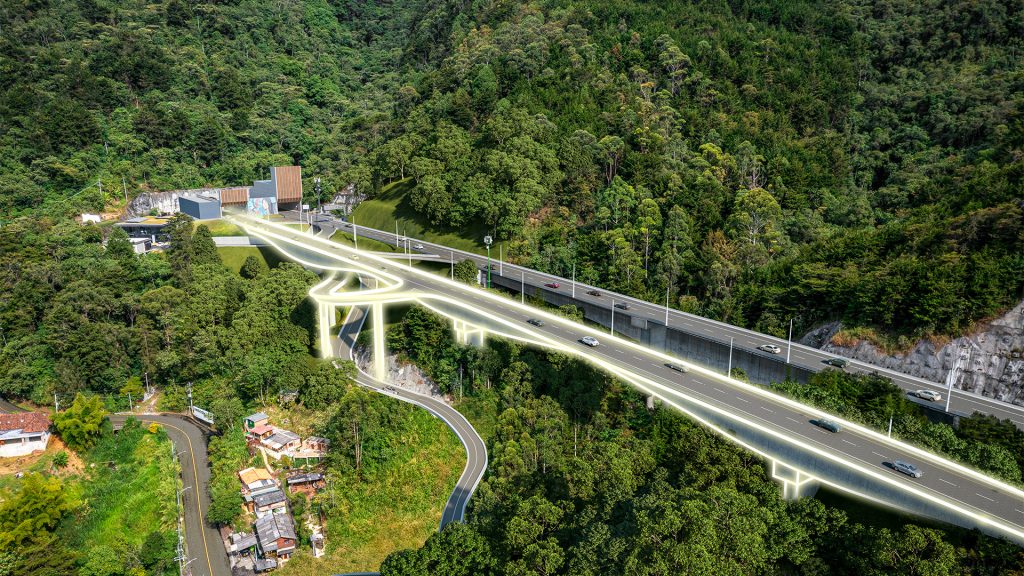

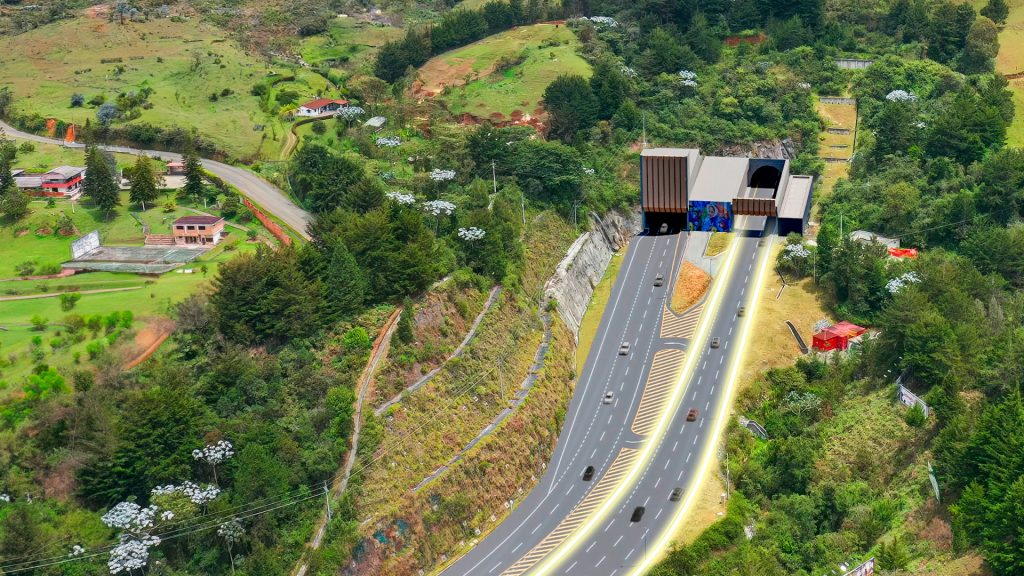
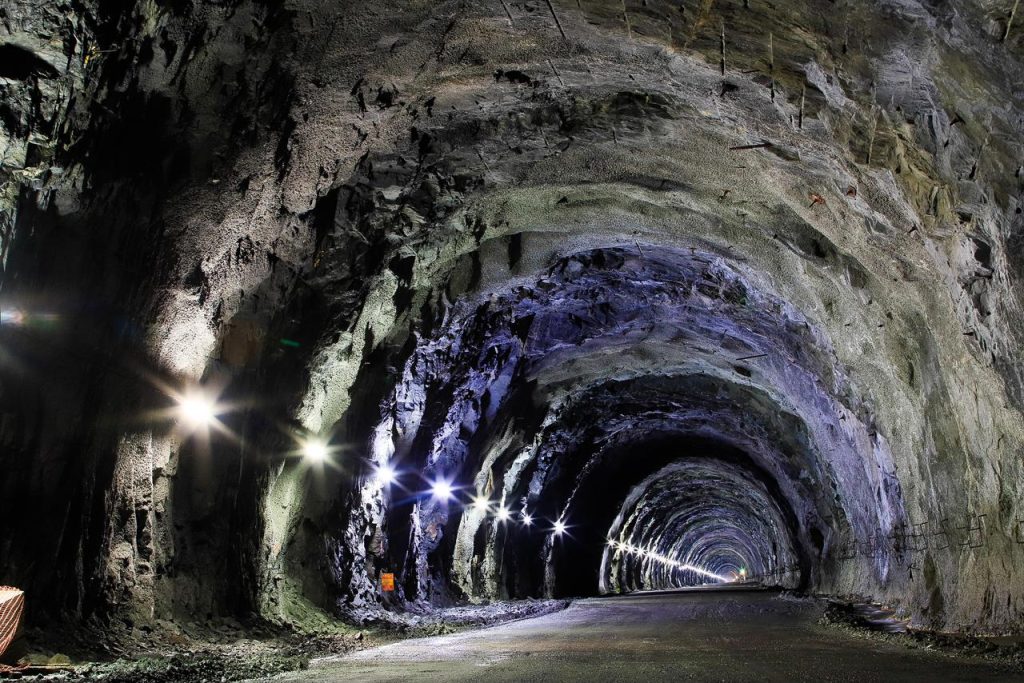
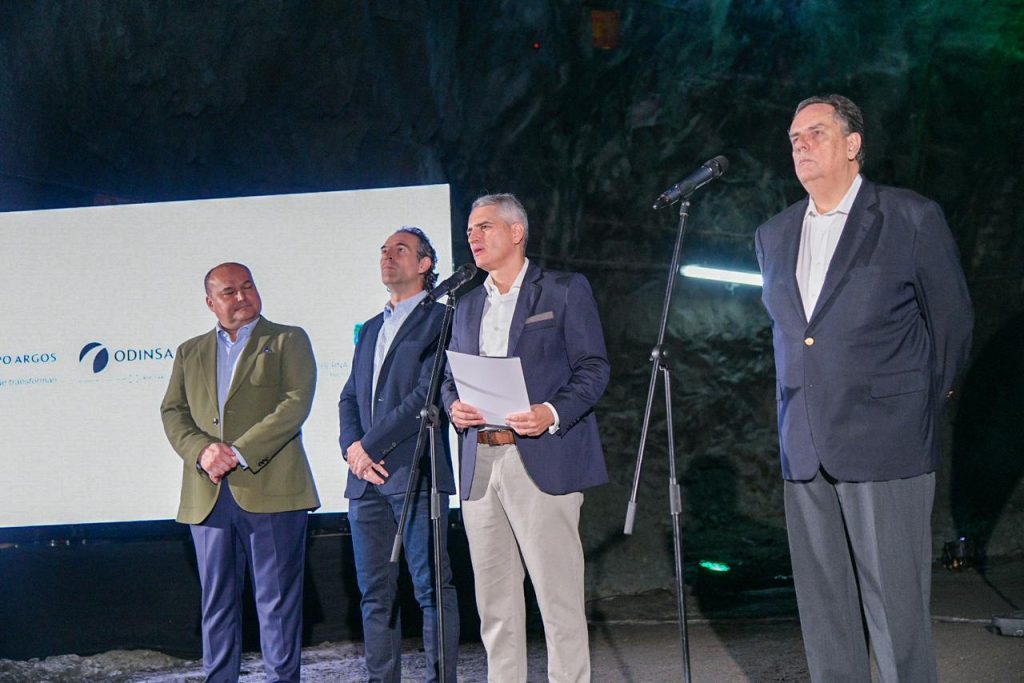
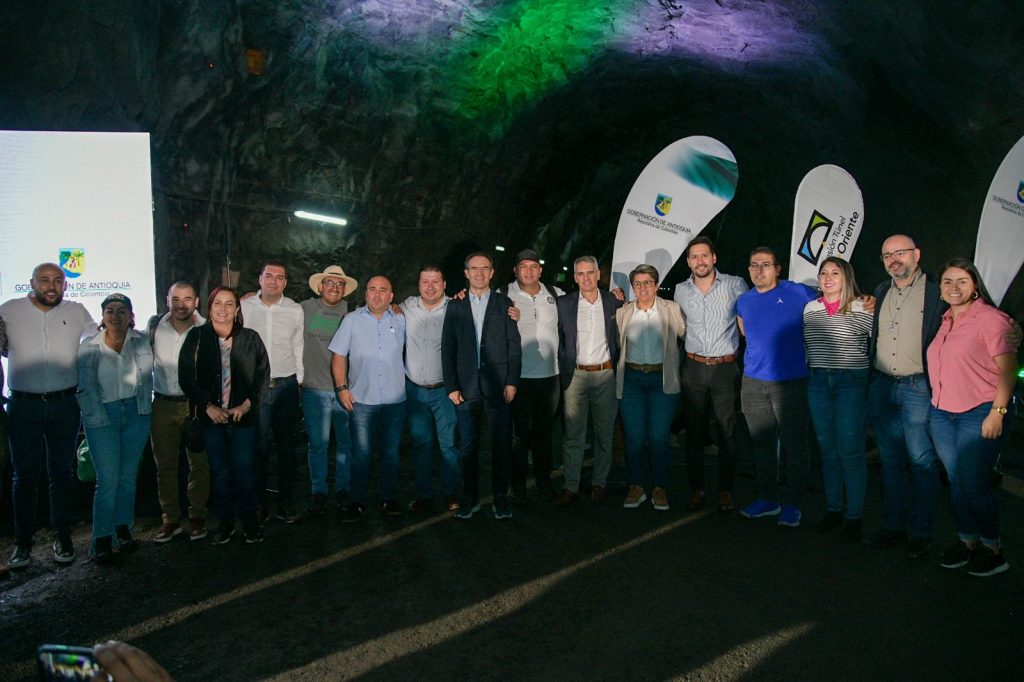
La Gobernación de Antioquia and the Túnel Aburrá Oriente Concession, together with Odinsa Vías, the majority partner in the concession, have announced the beginning of construction for the second phase of the Túnel de Oriente. This phase continues to grow in line with the region’s development by providing 100% dual-carriageway road infrastructure. The project’s goal is to strengthen mobility between the Aburrá Valley and Eastern Antioquia, boost competitiveness, and promote faster, safer connectivity for all users.
Since it began operations, from 2019 to 2024, more than 42 million vehicles have passed through the Tunnel, a figure that highlights the importance of the project for the department’s connectivity. Additionally, social investment programs have been developed in 20 communities within the area of influence, and energy efficiency and environmental programs have been implemented, making this infrastructure carbon neutral in its operations today.
In this second phase, more than 1.2 trillion pesos will be invested, sourced from the capital contribution of investors and private bank financing. The project is expected to take three and a half years to complete, including both pre-construction and construction stages, and will generate over 2,000 direct jobs. The expansion includes the lining, paving, and installation of electromechanical equipment for the 8.2 km Santa Elena 2 tunnel; the construction of the 780 m Seminario 2 tunnel; the building of 4.5 km of viaducts and open-air roads connecting both tunnels; the second parallel viaduct in Sajonia; and the expansion of access to the Loreto road, which will improve mobility from the Seminario tunnel to Las Palmas.
The second phase of the Túnel de Oriente also includes the construction of the José María Córdova Airport Interchange, currently 36% complete. This represents a significant contribution to the consolidation of a modern and efficient transportation network between the two valleys, reducing travel times between two strategically important subregions for the department.

“Making things happen is the primary task of governments and leaders. Making things happen for the benefit of the people and the territories. Some may come out and say that in Antioquia, we built this project for the wealthy; what a misleading statement: we, the people of Antioquia, build projects like this with private sector resources and also with contributions from the more affluent, as we did with the valorization of Rionegro, for the enjoyment and benefit of everyone,” highlighted Governor Andrés Julián.
“This is not just another project; in the context of the country we have today, it is the most important message of hope being sent from Antioquia to Colombia, thanks to the collaboration between the public and private sectors. When we work together, we achieve the goals that improve the quality of life for our people,” said Federico Gutiérrez Zuluaga, Mayor of Medellín.


“With the expansion of the tunnel, which surpassed the traffic forecast for 2032 by more than a decade, Grupo Argos reaffirms its commitment to positively transforming the lives of millions of people through infrastructure investments. This not only improves the country’s connectivity but also generates direct employment and boosts key sectors such as construction, commerce, and tourism. With the start of the second phase of the Túnel de Oriente, a dream that we have been building alongside the Government of Antioquia and Odinsa Vías is coming to fruition, significantly increasing the capacity of the road connection to meet the growing demand for connectivity between the Aburrá and San Nicolás valleys and connecting Antioquia with the world,” stated Jorge Mario Velásquez, President of Grupo Argos.
“At Odinsa, we are convinced that infrastructure is a driver of development and progress; a vision we bring to life with the execution of the second phase of the Tunnel, where we contribute our expertise, capital, and knowledge to the department and the country. This project is sustainable, generating employment, protecting the environment, and enhancing competitiveness,” said Mauricio Ossa, President of Odinsa.

Construction activities will begin in the last quarter of this year with the foundations for the Sajonia and Bocaná bridges, as well as the waterproofing, support, and drainage of the Santa Elena 2 tunnel. Subsequently, work will continue with the construction of the Seminario 2 tunnel; the construction of bridges and viaducts in the western sector; the lining and paving of the Santa Elena 2 tunnel; and the installation and commissioning of electromechanical equipment for roads and tunnels.
La Gobernación de Antioquia, the Túnel Aburrá Oriente Concession, Odinsa Vías, and Grupo Argos will continue working together to promote connectivity in the department through the construction of road corridors that facilitate economic development and access to markets, stimulating business and tourism activities, and connecting Antioquia with the country and the world.
Mas noticias
-
 Corporate
Corporate -
 Brand
BrandGrupo Argos pays tribute to Medellín on its 350th anniversary with urban art and community infrastructure
12 November 2025 Read more -
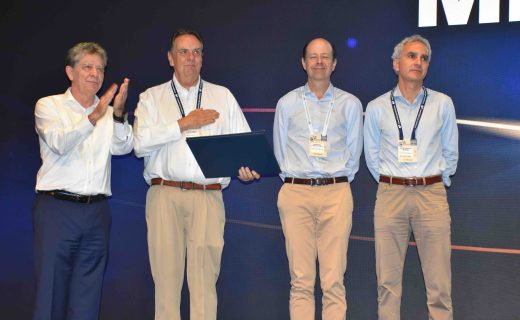 News
NewsJorge Mario Velásquez, President of Grupo Argos, receives the ANDI Order of Business Merit for his leadership and contribution to the country’s development
15 August 2025 Read more -
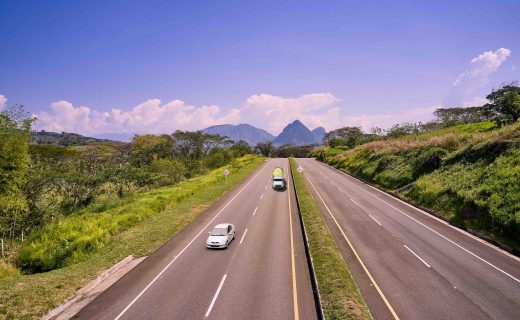 Corporate
CorporateGrupo Argos begins a new phase focused 100% on infrastructure and construction materials, with projects totaling nearly COP 40 trillion
26 July 2025 Read more -
 News
NewsGrupo Argos celebrates the International Day for the Conservation of the Mangrove Ecosystem with the planting of 40,000 red mangrove seedlings in the Ciénaga de Mallorquín
25 July 2025 Read more
